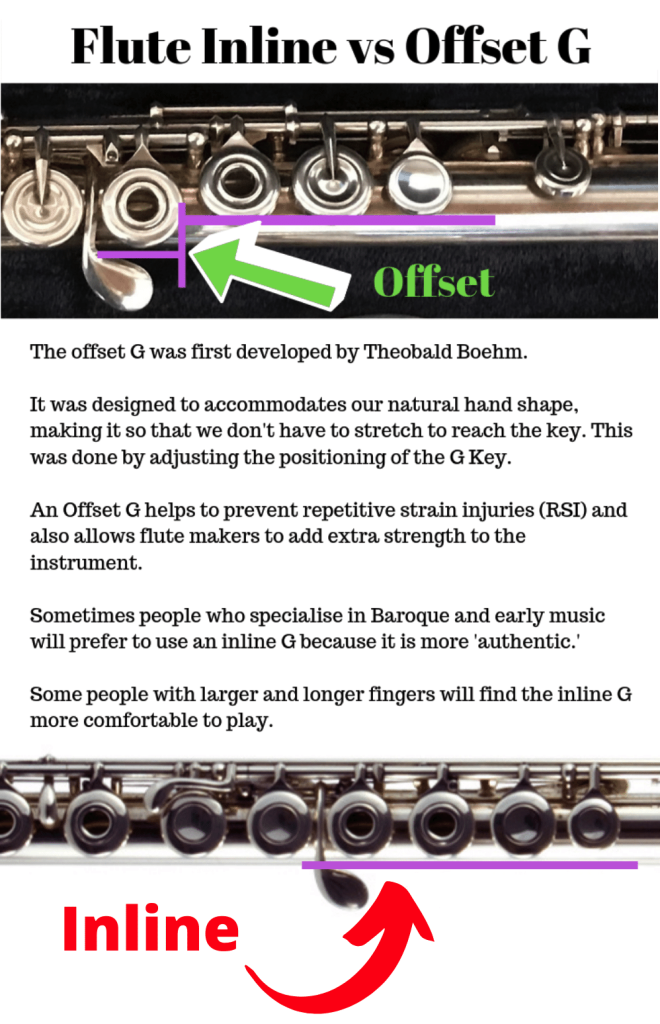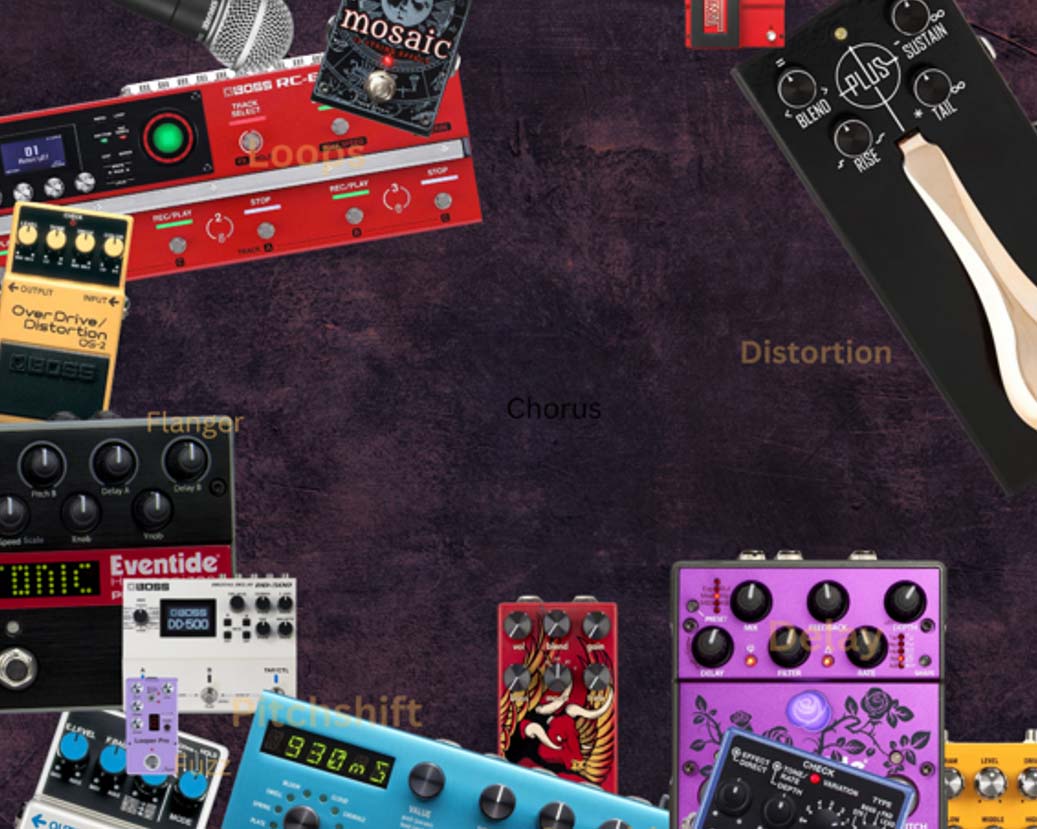
Publicly Christian
As an artist, I have experienced much apprehension in relation to sharing my faith publically. Many times I have felt

At times, it seems like flutes almost need to come with their own mini encyclopaedia. Many times, even an intermediate flautist will struggle with understanding all the technical aspects that are involved, what they mean and how they affect their playing let alone a parent looking to purchase their child’s first flute. But hopefully, this article (and blog) will help you along your way.
Flutes will either come with an inline G or offset G. Acoustically there is absolutely no difference between them. The offset G was first developed by Theobald Boehm who is attributed as the inventor of the modern flute. The reasoning behind the offset G was twofold.
Firstly, it better accommodates for our natural hand shape, instead of stretching our fingers to the keys it brought the furthest away keys for our left-hand closer. This is especially popular among flautists today because it helps prevent repetitive strain injuries (RSI). Once a musician gets RSI it is very challenging to maintain the practice required to stay at a professional level.
Secondly, the offset G makes for a stronger more study flute that is easier to construct and maintain. In order to bring the G forward an extra rod is used. This makes simple flute maintenance like levelling pads and refitting keys a lot easier and more straight forward. It also leaves room for a split E mechanism to be built into the flute.
Some people with larger and longer fingers will find the inline G more comfortable to play but it really is just a matter of personal preference. For example, I have long, narrow fingers and I find the offset G to be more comfortable. I also recommend all students, especially children start off on an offset G as it is less likely to cause pain and discomfort while playing.


As an artist, I have experienced much apprehension in relation to sharing my faith publically. Many times I have felt

With the right combination of music equipment, anything is possible. The Techie Flutist turns your ordinary flute into a polyphonic electric
To receive practise tips, tutorials, specials and all the latest news please sign up for our newsletter. The Techie Flutist Newsletter only goes out once a month and ensure you to never miss out on a concert or special event.
like, follow and subscribe
The Techie Flutist, 2024. All RIghts Reserved.